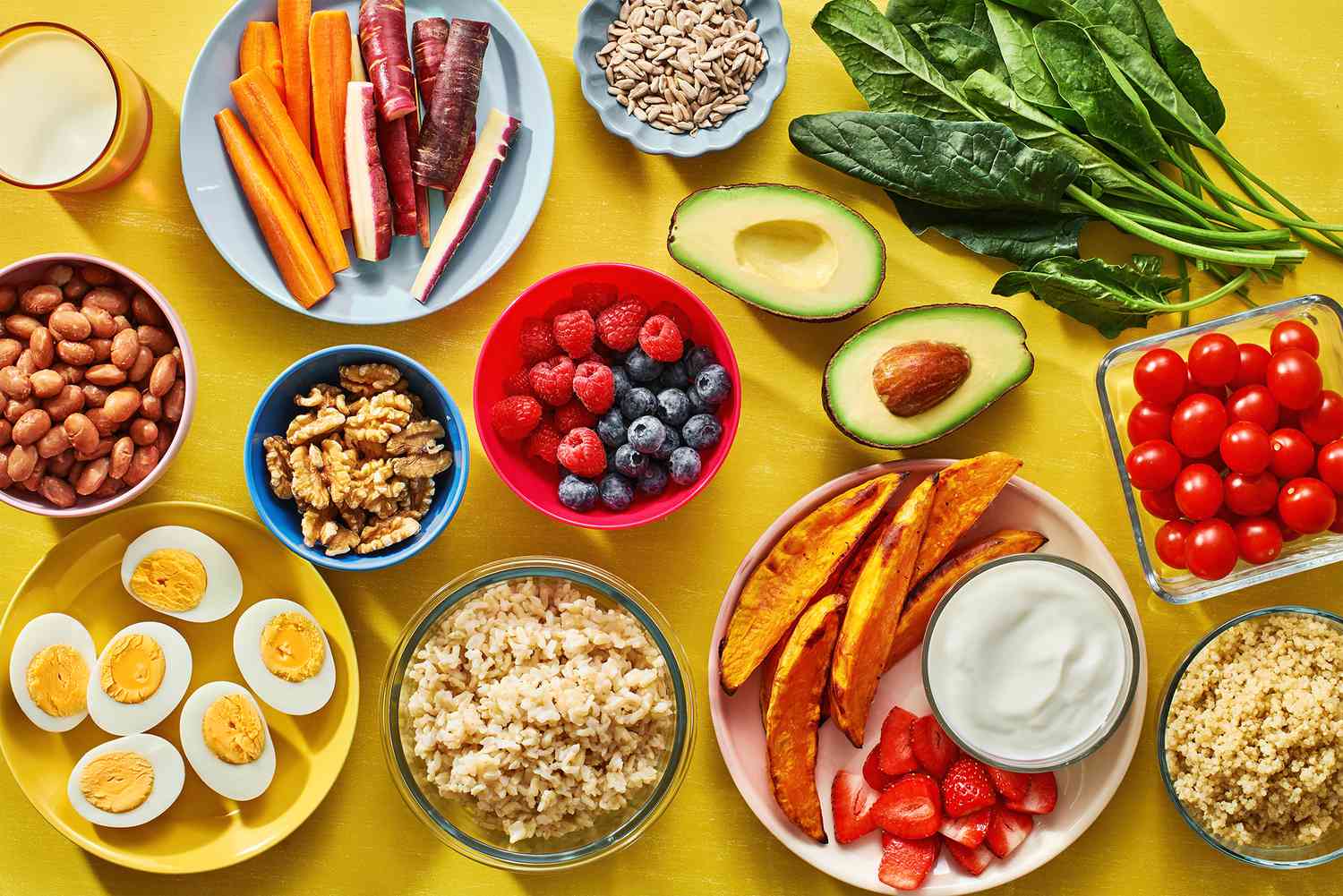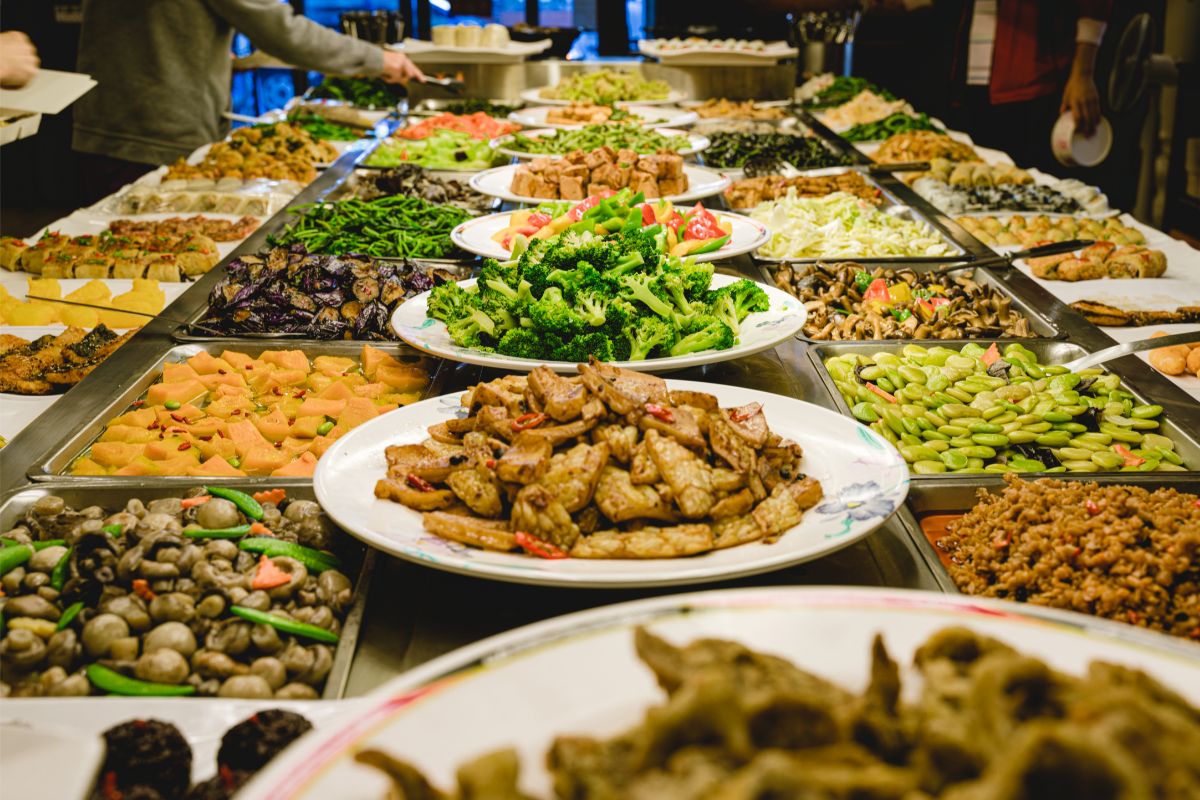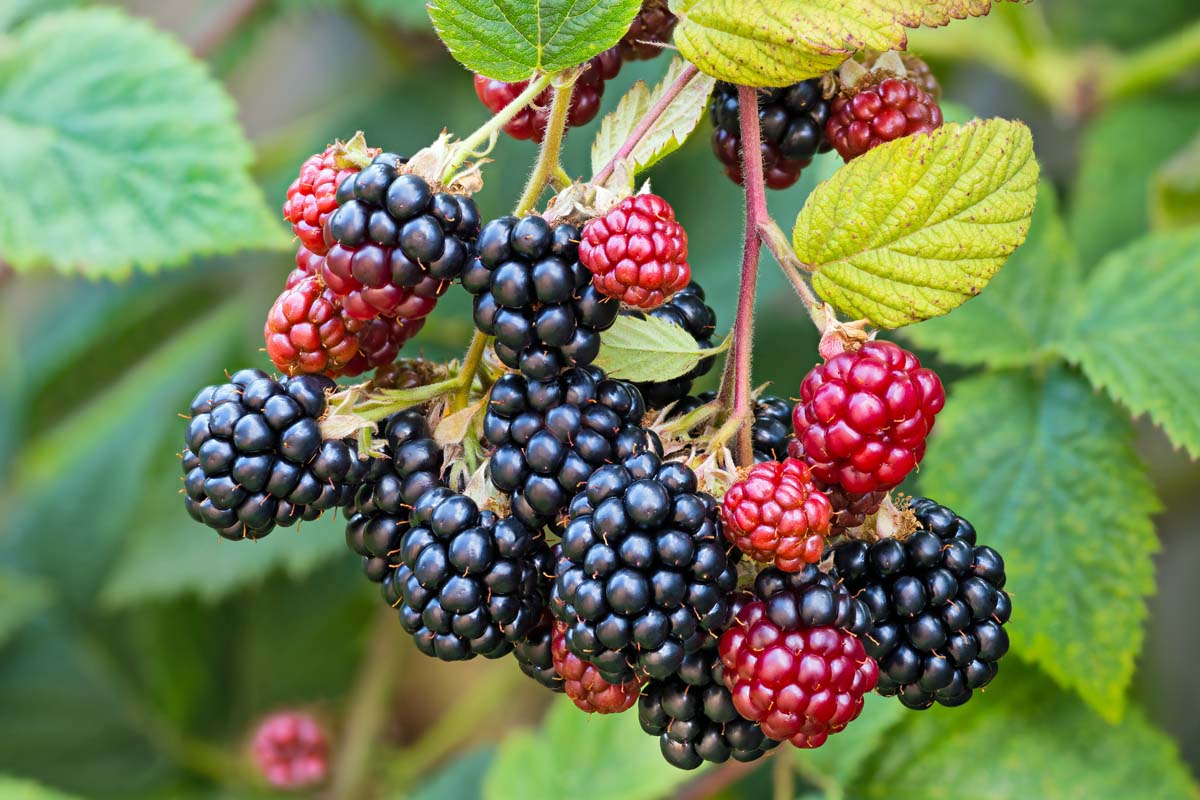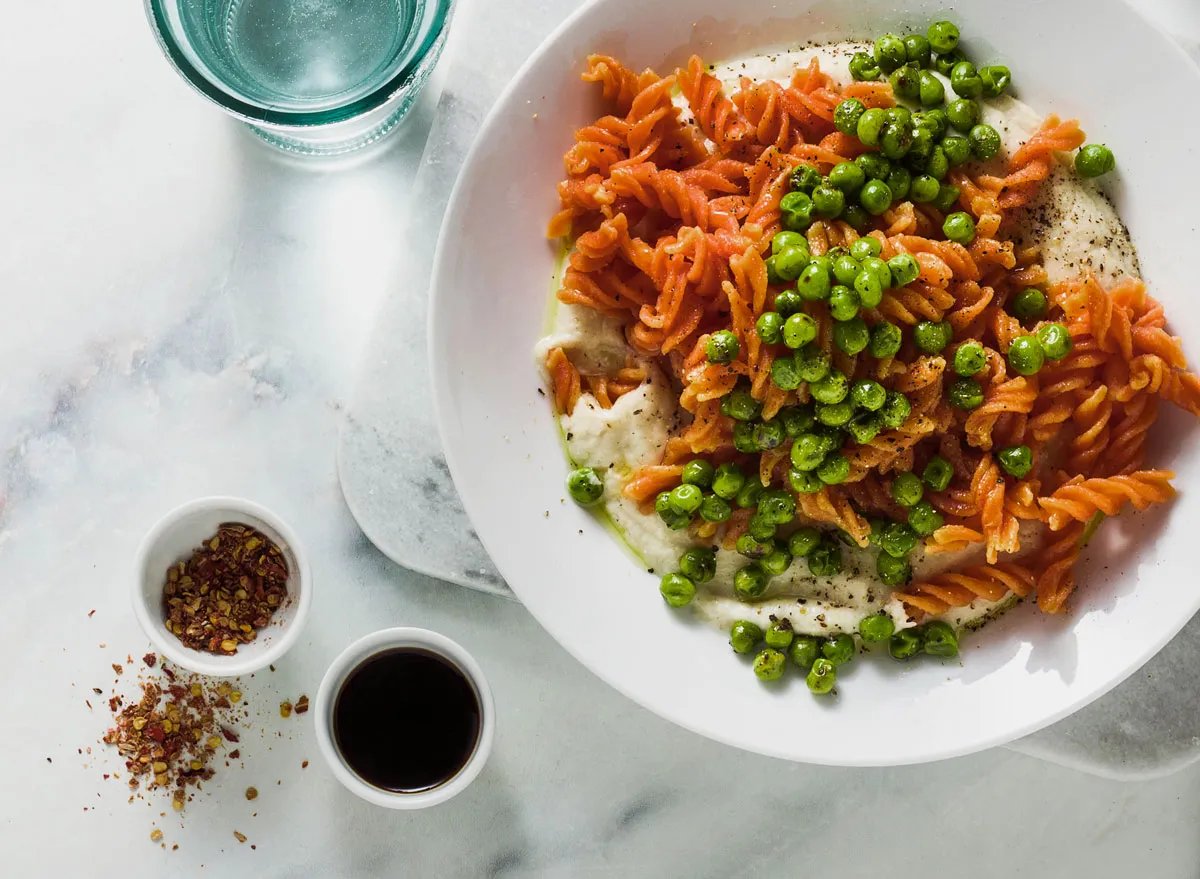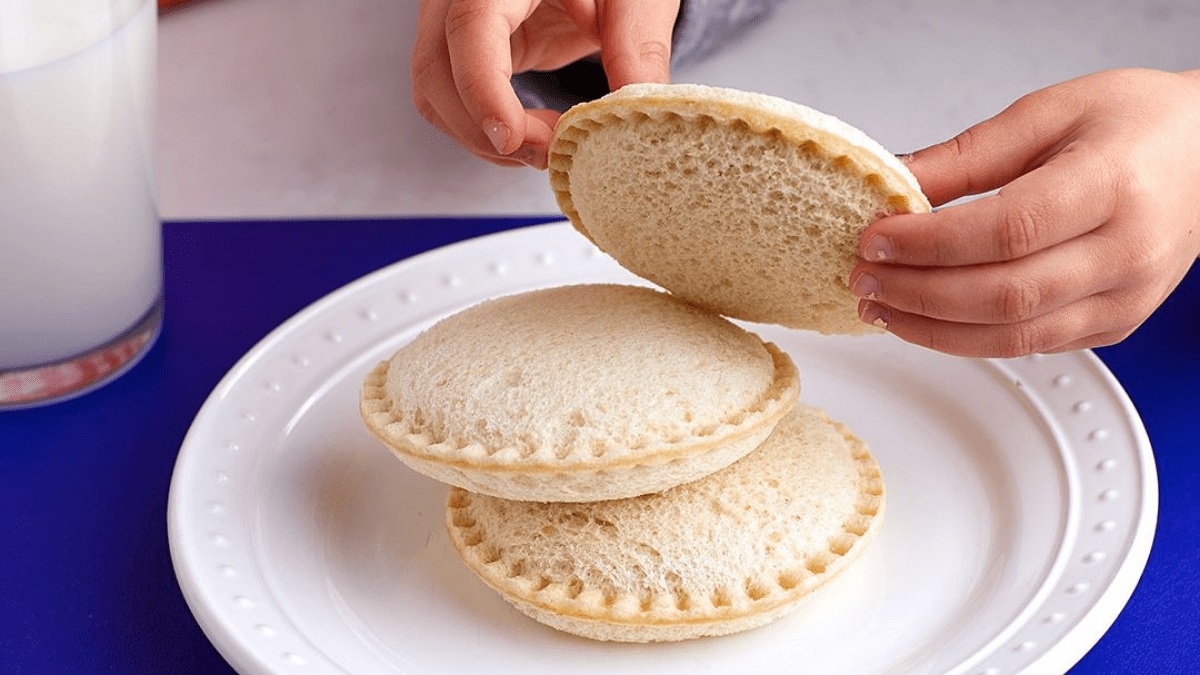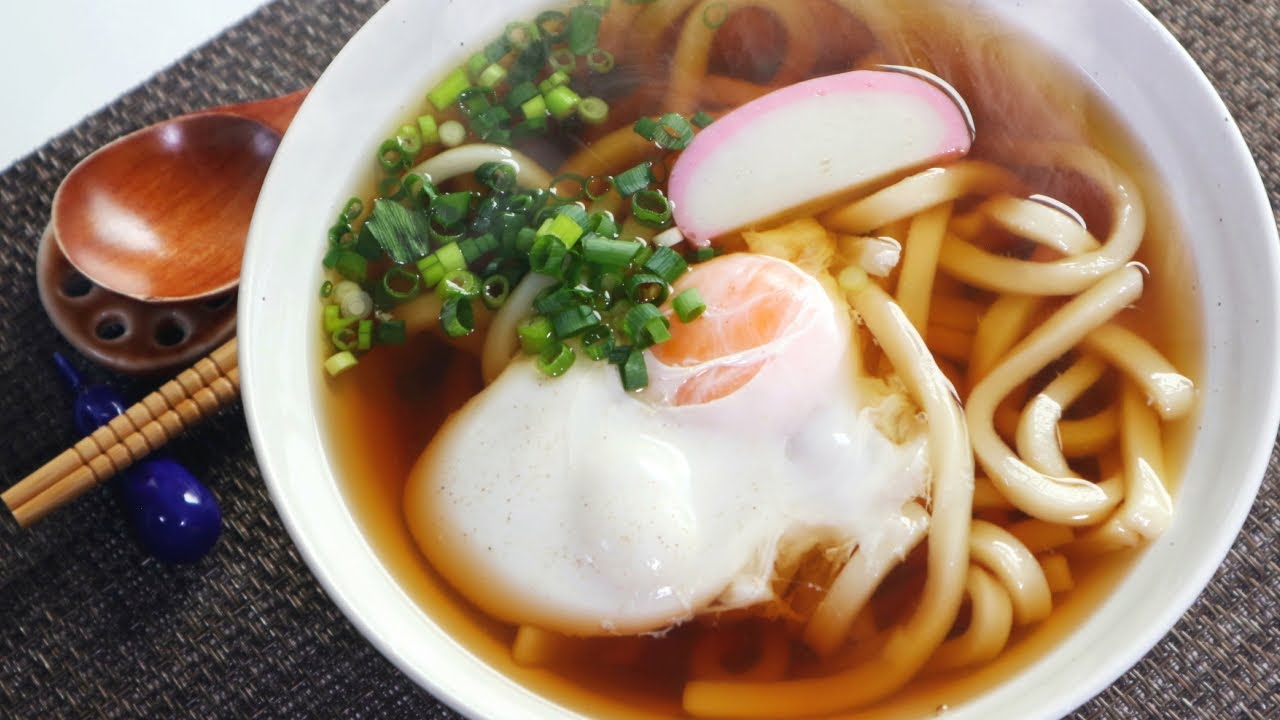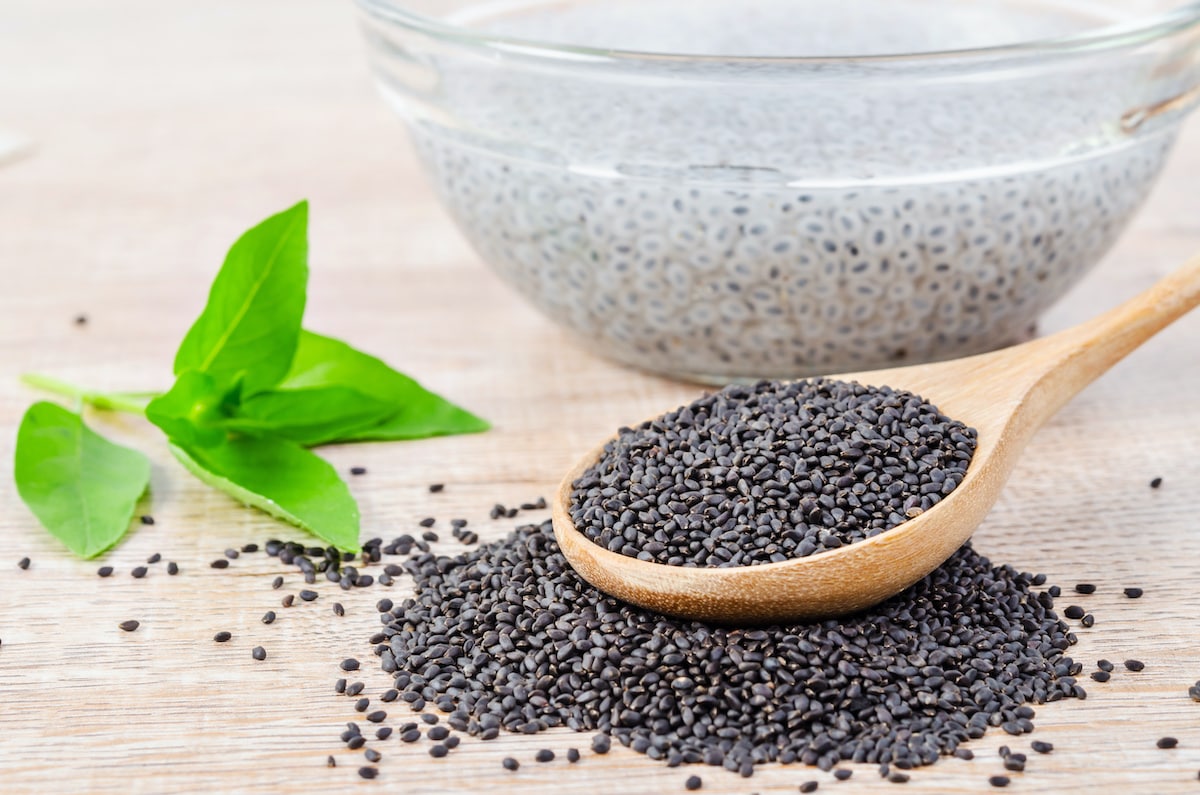How to Enjoy Vegetables with Gastroparesis
Gastroparesis can make it challenging to digest certain foods, including vegetables. However, with some careful planning and preparation, it is possible to incorporate vegetables into a gastroparesis-friendly diet. Here are some tips on how to eat vegetables with gastroparesis:
1. Choose Low-Fiber Vegetables
Opt for low-fiber vegetables such as carrots, green beans, and spinach. These vegetables are easier to digest and less likely to cause discomfort for individuals with gastroparesis.
2. Cook Vegetables Thoroughly
Cooking vegetables thoroughly can help break down their fibers, making them easier to digest. Steaming or boiling vegetables until they are soft can make them more gentle on the stomach.
3. Blend or Puree Vegetables
For individuals with severe gastroparesis, blending or pureeing vegetables can make them easier to consume. Consider making smoothies or soups with pureed vegetables to ensure they are well tolerated.
4. Monitor Portion Sizes
When incorporating vegetables into your diet, start with small portion sizes to gauge how your stomach reacts. Gradually increase the portion sizes as tolerated, and pay attention to any symptoms or discomfort.
5. Avoid Tough Skins and Seeds
Remove tough skins and seeds from vegetables to make them easier to digest. For example, peeling cucumbers and removing seeds from tomatoes can help reduce the risk of digestive issues.
6. Incorporate Vegetables into Balanced Meals
Include vegetables as part of a balanced meal to ensure you are getting a variety of nutrients. Pairing vegetables with lean proteins and healthy fats can help support digestion and overall health.
7. Stay Hydrated
Drinking plenty of water can aid in the digestion of vegetables and prevent constipation, which is a common concern for individuals with gastroparesis. Aim to stay well-hydrated throughout the day.
8. Listen to Your Body
Pay attention to how your body responds to different vegetables. Keep a food diary to track which vegetables are well tolerated and which ones may cause discomfort, and adjust your diet accordingly.
Conclusion
While gastroparesis may present challenges when it comes to eating vegetables, it is possible to enjoy them with some modifications. By choosing the right vegetables, preparing them in a digestible manner, and monitoring portion sizes, individuals with gastroparesis can still benefit from the nutrients that vegetables provide.
It’s important to work closely with a healthcare professional or a registered dietitian to create a personalized meal plan that takes into account individual dietary needs and tolerances.


